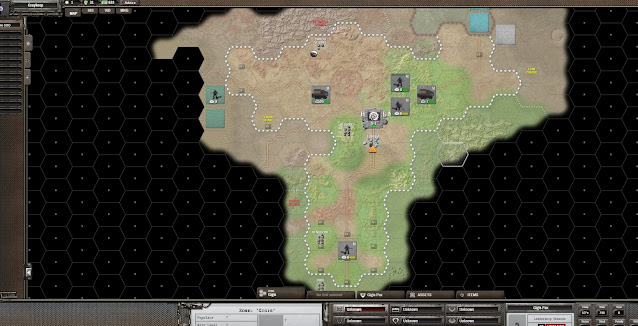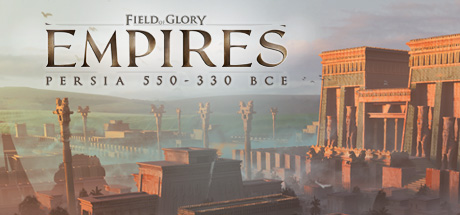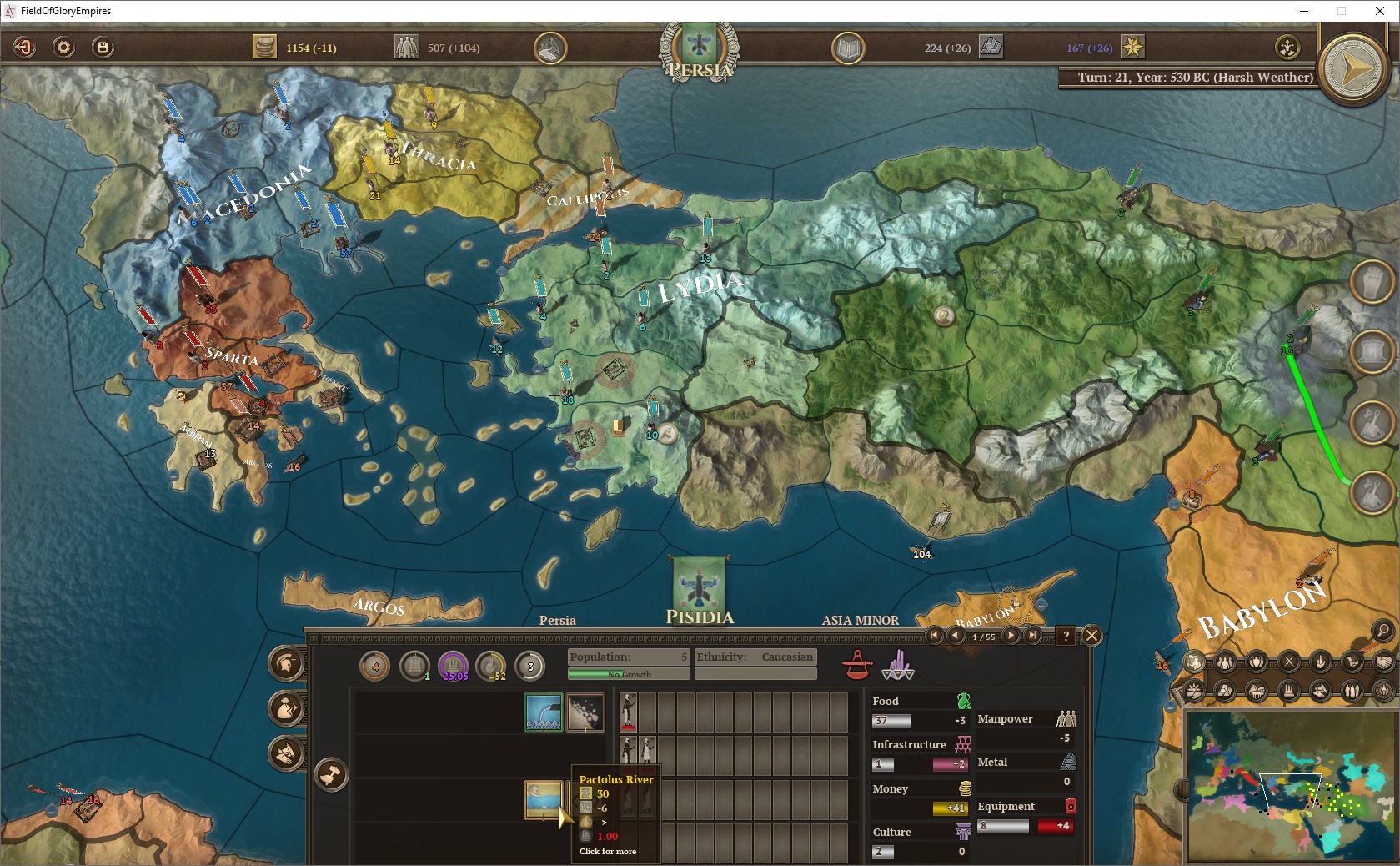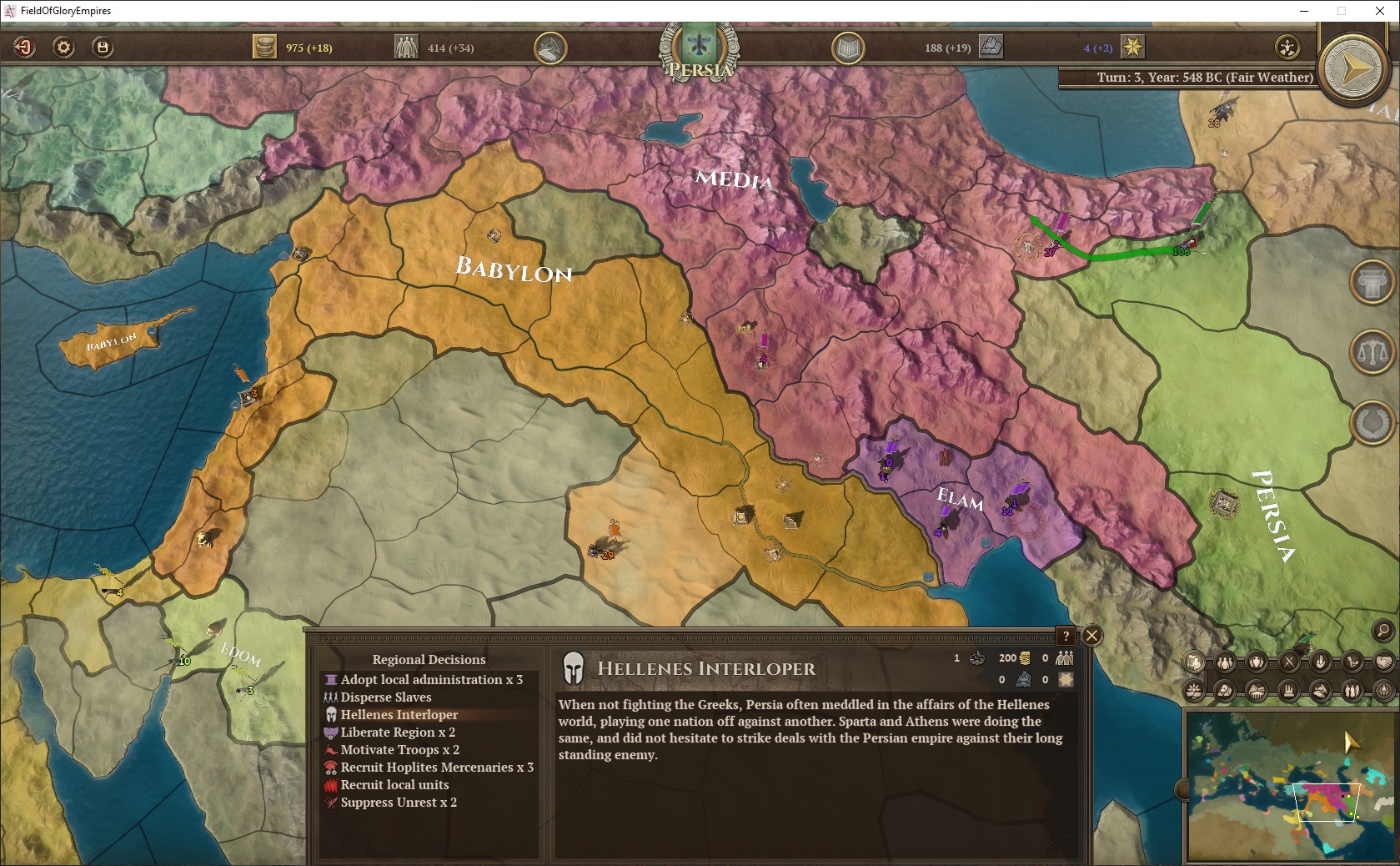There are games made by development teams numbering in the hundreds, with multi-million dollar budgets, and cutting edge graphics. These games are usually good fun, and feature impressive visuals and audio, professional writing and celebrity voice actors. Many are also largely forgotten within months or even weeks of release. Why? At their core, many of these games are rudimentary and derivative. They look and sound great, but at the end of the day they aren't all that interesting to play. Then there are games made by ambitious one or two person development studios. Games that push the boundaries of creativity and aren't afraid to not only ask "What if?" but to go ahead and make it a reality. Passion projects that would never get the green light from corporate.
So what is Shadow Empire? It's a game that asks: What if you took a hardcore hex-and-counter wargame, set it in a post-apocalyptic sci-fi world, added on detailed economic and logistics modeling, and threw in some Crusader Kings elements just for fun. It's a game with a research tree you would expect from a 4-X title, story elements you would expect from an RPG, and detailed budget allocation decisions you would expect from a city builder. It's a game that seriously has a lot going on, and will take some real effort from the player to put all the pieces in order. The game sports a hefty 350(!) page manual, to give you some idea of just how detailed this experience is going to be.
Now, at this point you're probably either thinking this game sounds amazing, or this game sounds terrifying. If you are in the latter camp, don't run off just yet, it's not all that scary. Shadow Empire (SE) is kind enough to let you start off small, and forgives you for ignoring many of the mechanics for at least a few dozen turns. That's because you start with very little in this game, and must work to accumulate the means to have much more than that. SE, like many other 4-X style strategy games, starts you off with one city, and a small military force. The world around you is a mystery to be explored and eventually conquered, but that world is a hostile one. The game gives off a vibe reminiscent of the classic Mad Max wasteland where there's no telling what might out there. It's a world of roaming bandits, weird religious cults, and the occasional battlemech. Check out my preview AAR for a detailed look at how the early game goes - Part 1 and Part 2. That run at the game came to a halt because of updates breaking my save files, but also because I realized I had done a very poor job of building up my economy, having splurged all my excess resources on unnecessary military units early on. A bit more study of the manual was required to recognize and correct my mistakes.
This is the thing about Shadow Empire which will either draw you in or push you away. The game has layers like an onion, layers which you won't even expect to find until you get there. On the surface you see a wargame. In some wargames you might be expected to build some roads to extend your logistical network and keep your units in supply. Okay, that's not too crazy, we can handle that. However, just building roads isn't enough, you also need to build transport hubs, truck stations, and supply bases. You'll likely need to micro-manage even further by tweaking how much supply is sent down a given road. If you're planning an offensive to the west, you can't afford to be sending precious supplies down the eastern road to some unit just sitting there idling. Now, what are these supplies we are sending the troops? Just some generic "supply" points? Oh no, we are talking food and ammo and replacements. That food is coming from your farms, farms which are consuming water and require workers to operate, workers who have a morale level that can drop if things are going poorly at the front. This is a game that tracks and models far more than you might guess from a first glance.
Like many wargames, your units in SE are organized into a detailed order of battle. Unlike many wargames, here you have a great deal of control over what that hierarchy looks like. It isn't enough to just put all of your units into one big army, because that will make you inflexible and limit your options. Having mid-level headquarters units allows you to have greater control over where and how supplies are doled out. It also allows you to apply "stratagems" to your formations, which can give them massive bonuses to different types of combat, but usually at a cost. For example, giving a boost to attack while lowering defensive values. You wouldn't want all your units weak on defense at the same time, you would want to stick that modifier on your blitzkrieg style formation out on the flank, while another formation holds the line in the middle. Your offensive formation can also be led by a character with a higher skill level at, you guessed it, offensive combat and leading motorized units. In fact, you will be staffing numerous positions in your military and government with characters. Characters who all have fully fleshed out RPG style stats, skills, and experience levels. On top of that, these characters all have opinions, they have factions that they belong to, perhaps even a cult. Every decision you make will influence how they feel about you, based on all of these things, and of course, how much you are paying them.
The stratagems I mentioned above are made up of dozens of different "cards" that you can play to take a wide variety of actions. The stratagems are split up into several categories, like warfare, diplomacy, and bureaucracy. I found this to be a neat way of giving the player tons of additional options, without further complicated the game with more and more menus and buttons. It also limits your choices on any given turn, and rewards you for investing in a given facet of government, by giving you more of these cards to play over time. So, for example, if you want to conduct some diplomacy with a neighbor, you'll need to play a stratagem. You can't just open up the diplomacy menu and pick an option, you need the relevant card for what you want to do. Things like improving relations, asking for an alliance, or offering scientific cooperation. To get more of these cards, you'll want to form a foreign relations council, give it an adequate budget, select a leader from your pool of characters, and then wait for them to get back to you. This is just one of eight different councils you can form, each of which performs multiple tasks critical to your nation, and each of which needs a budget and leader.
Now, so far I've described how the game has a ton of mechanics and details bordering on being a bureaucracy simulator. It is that to some extent, but it's a wargame and bureaucracy simulator set in a wild sci-fi world with a detailed back story. It's a world where you might stumble upon a super computer powered AI that your science team is scared to activate, or you might have a cult within your empire that asks you to help fund their very own super computer AI. You might think, why would I want to give funding to these fanatics? Oh look, my best general and most effective administrator are both members of the cult. Well, that complicates things a bit. Also, the cult is offering to give you free stratagems that boost your military formations by supplying them with priests who boost morale. There's no up front cost to doing so, and I can't imagine there would be long term consequences to such actions down the road! As you explore the world, you'll often come across relics from the past golden age of humanity. Facilities that can boost your economy, and machines of war which can single-handedly turn the tide of a conflict in the early game. What caused the end of that golden age anyway? I'll let you read the 15 page long backstory in the manual, but let's just say it involves mind controlling nano-machines motivated by the vengeance of a long dead emperor. This is the "shadow" in Shadow Empire. The shadow may be present on your world in any given game, and it might not be. How would you know?
Shadow Empire is an extremely ambitious project. One that may be too much for some players to enjoy, but I know others will revel in it. It's got everything you would expect from a hardcore wargame. I didn't go into too much detail about this, but it's all there. Endless stats, morale and combat ratings, flanking attacks, entrenchment, artillery support, and so on. The designer is the man behind the Decisive Campaigns series, after all. It's got detailed management layers and research trees for days, stuff that will pique the interest of any 4-X fans. Adding flavor to all of that is the fully fleshed out setting and detailed characters which wouldn't be out of place in a Paradox grand strategy game. The developer has made clear that he is dedicated to this game, and will continue to improve it after release. It's a game that requires some real commitment from the player as well, to get the full experience. I would be lying if I told you that I had even come close to mastering the game after a dozen hours of play. I was just beginning to understand the basics of all the different systems. However, the entire time I was playing, I didn't feel like I was wrestling with the interface, I was immersing myself in an engrossing experience, one where I was learning how to lead a small city-state in a post-apocalyptic wasteland. Oh, and did I forget to mention, this game has a variety of nightmarish alien monsters that might show up and attack you? Yeah, it has that too.
Shadow Empire, developed by VR Designs, is available directly from Slitherine and looks to arriving on Steam at some future date.
- Joe Beard


























Follow Us